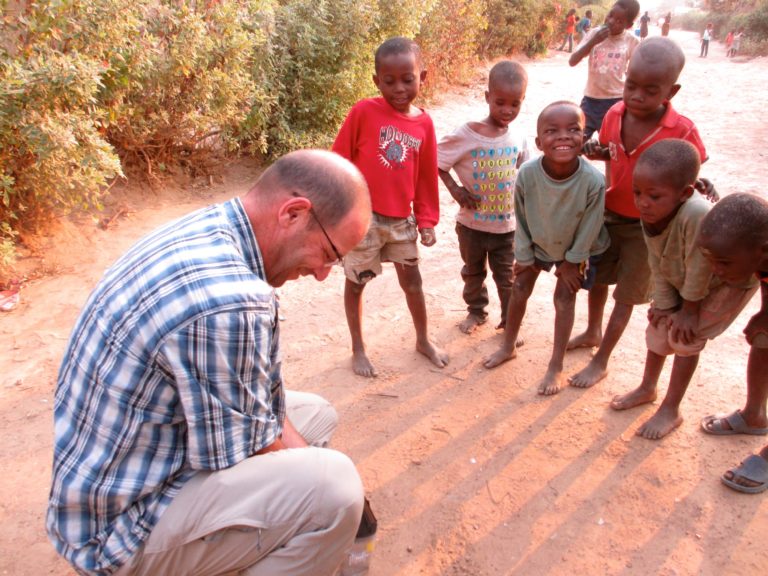
Pollution investigators from Pure Earth’s Toxic Sites Identification Program (TSIP) have been busy finding and assessing contaminated communities around the world for over a decade. Of all the pollutants they find, there’s one they keep coming across again and again – it’s lead.
Out of almost 5,000 toxic hotspots documented in TSIP’s database of polluted sites, the largest inventory of its kind in the world, almost 1,500 are contaminated with lead as the key pollutant.
Families live and work in every one of these polluted hotspots and are exposed to toxins every day. Most, however, do not realize the danger they are in.
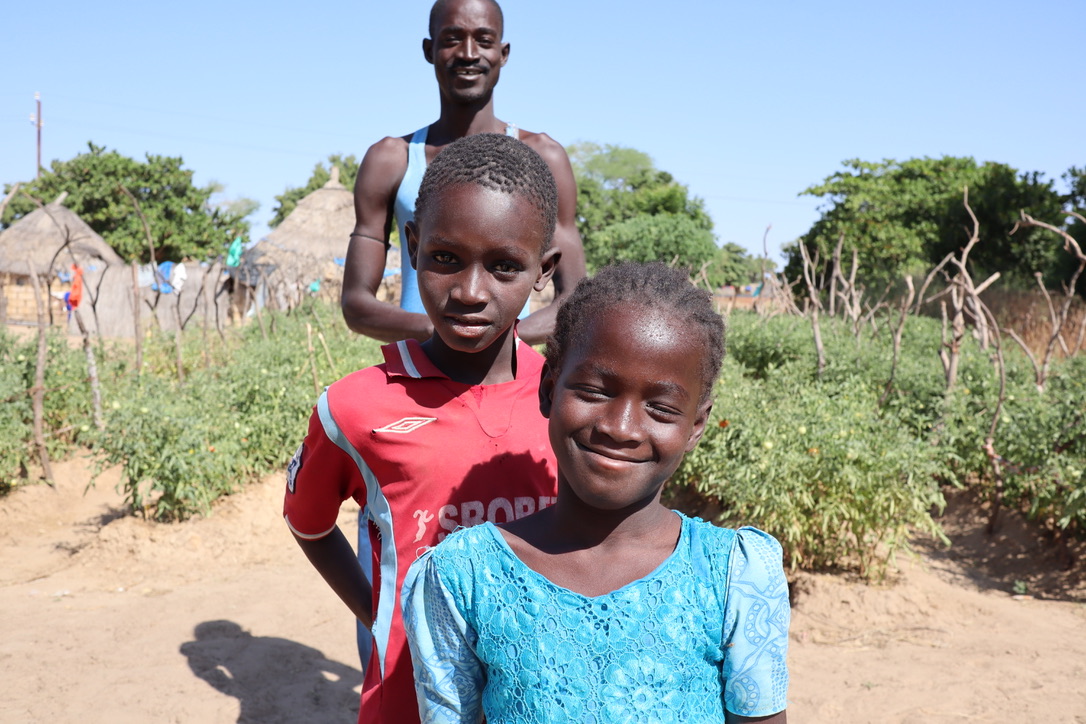
A rural family in Senegal.
Lead is a particularly insidious and invisible threat.
It lurks in soil, where children play and villagers grow their food; lead dust floats in the air and coats everything, from toys to clothing, entering the lungs through inhalation. Once ingested or inhaled, lead collects in bodies and does its damage slowly over time.
In children, lead is particularly devastating as it interrupts their physical and neurological development. Children exposed to lead suffer reduced intelligence, lower educational attainment, lower lifetime earnings, increased tendency for violence, and increased incidence of heart and kidney diseases, among other disabilities.
Childhood Lead Exposure On The Rise
Despite global action on leaded gas and lead paint over the past few decades, childhood lead poisoning has persisted, and is in fact increasing, in many low- and middle-income countries (LMICs). Since 2000, the number of new vehicles in these countries has tripled. As a result, extracting and recycling lead from vehicle batteries, which are found not only in cars but also motorcycles, buses, and other vehicles, has become an informal livelihood for many workers trying to feed their families.
With data from TSIP and other sources, we now know that the informal recycling of vehicle batteries is a leading source of childhood lead poisoning.
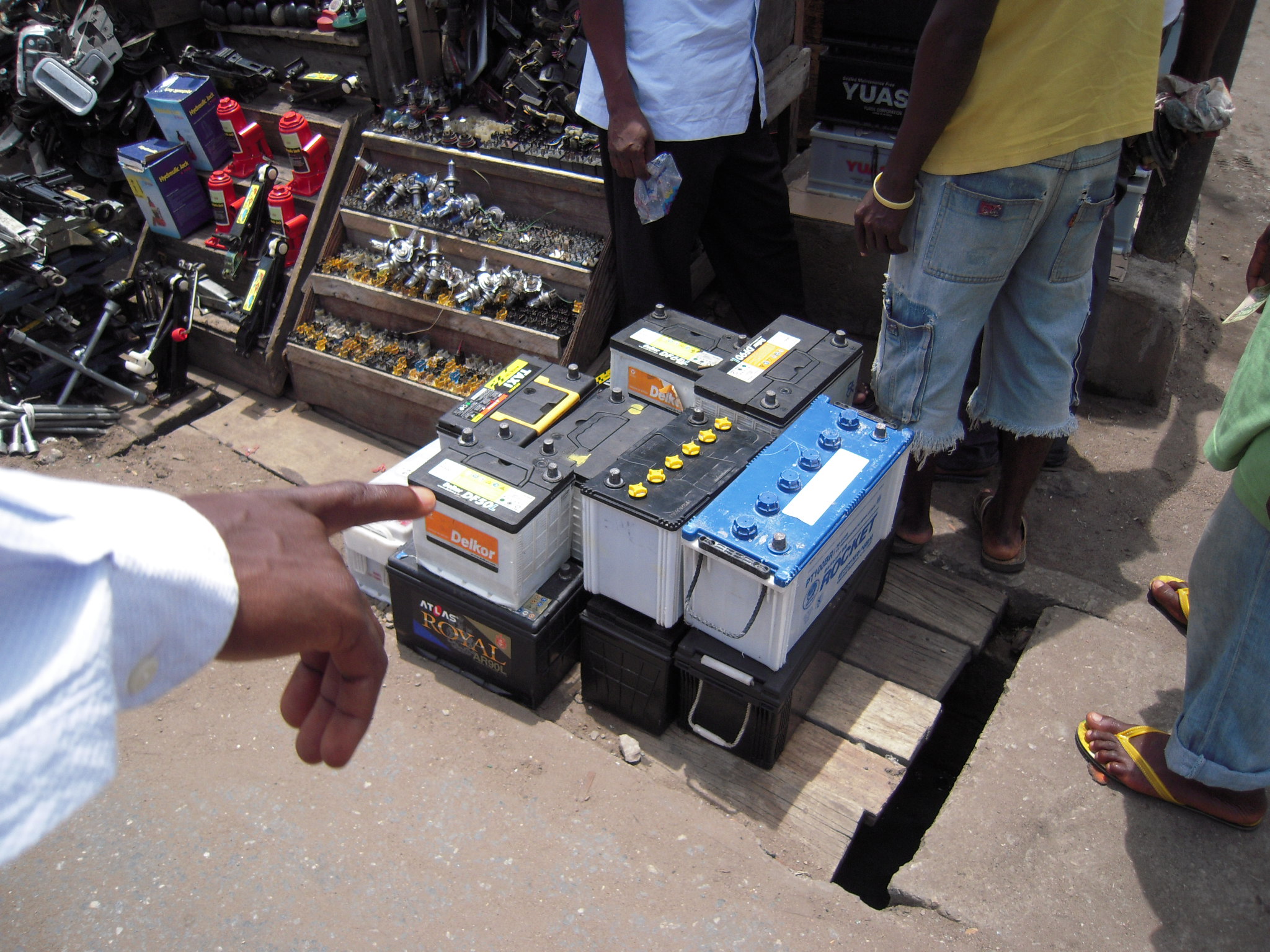
In LIMCs, up to 50% of lead-acid (car) batteries are processed informally.
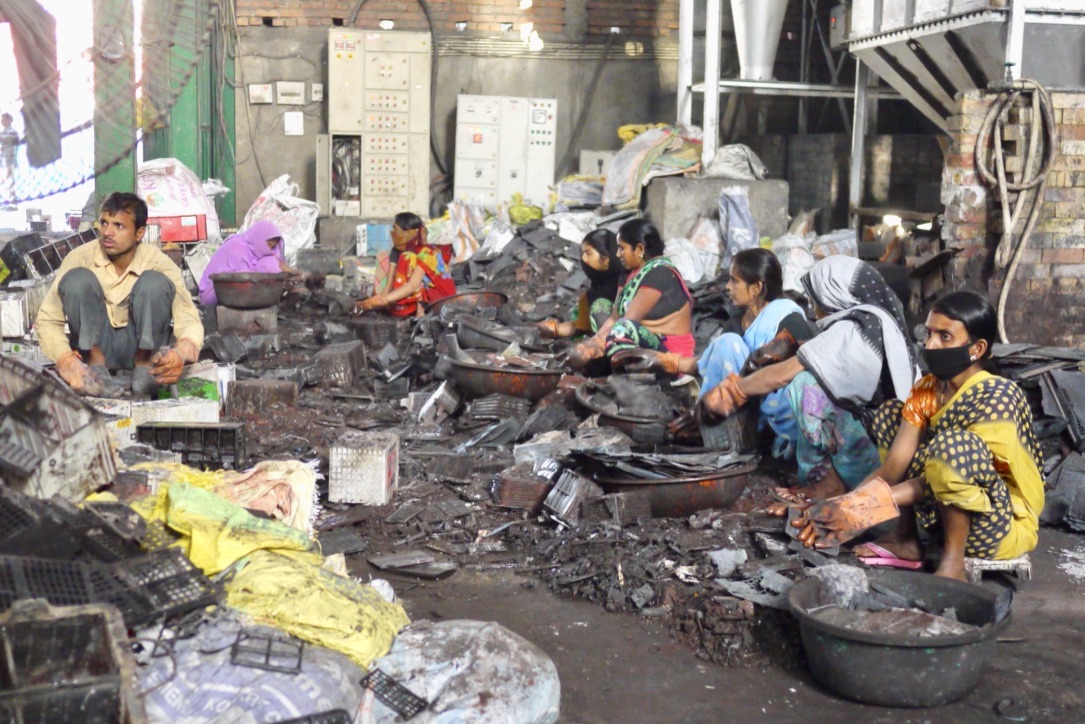
Women in India dismantling lead-acid batteries by hand to recycle the lead within.
In the US and Europe, regulations ensure that used lead-acid batteries (ULABs) are recycled and processed safely. But in many developing countries, ULABs are often recycled informally by small mom-and-pop operations without safeguards, and with few enforced regulations.
In informal recycling, batteries are collected and broken up by hand to extract the lead plates, which are then smelted, sometimes in kitchens and backyards, or in the middle of busy communities.
Pure Earth’s toxic sites investigators have documented widespread evidence of the practice in the piles of toxic battery wastes they have found dumped in fields, playgrounds, public gathering areas, and along roads in many poor countries.
Pure Earth estimates that there may be over 12 million substandard or informal ULAB recyclers who are poisoning themselves, their children and their communities.
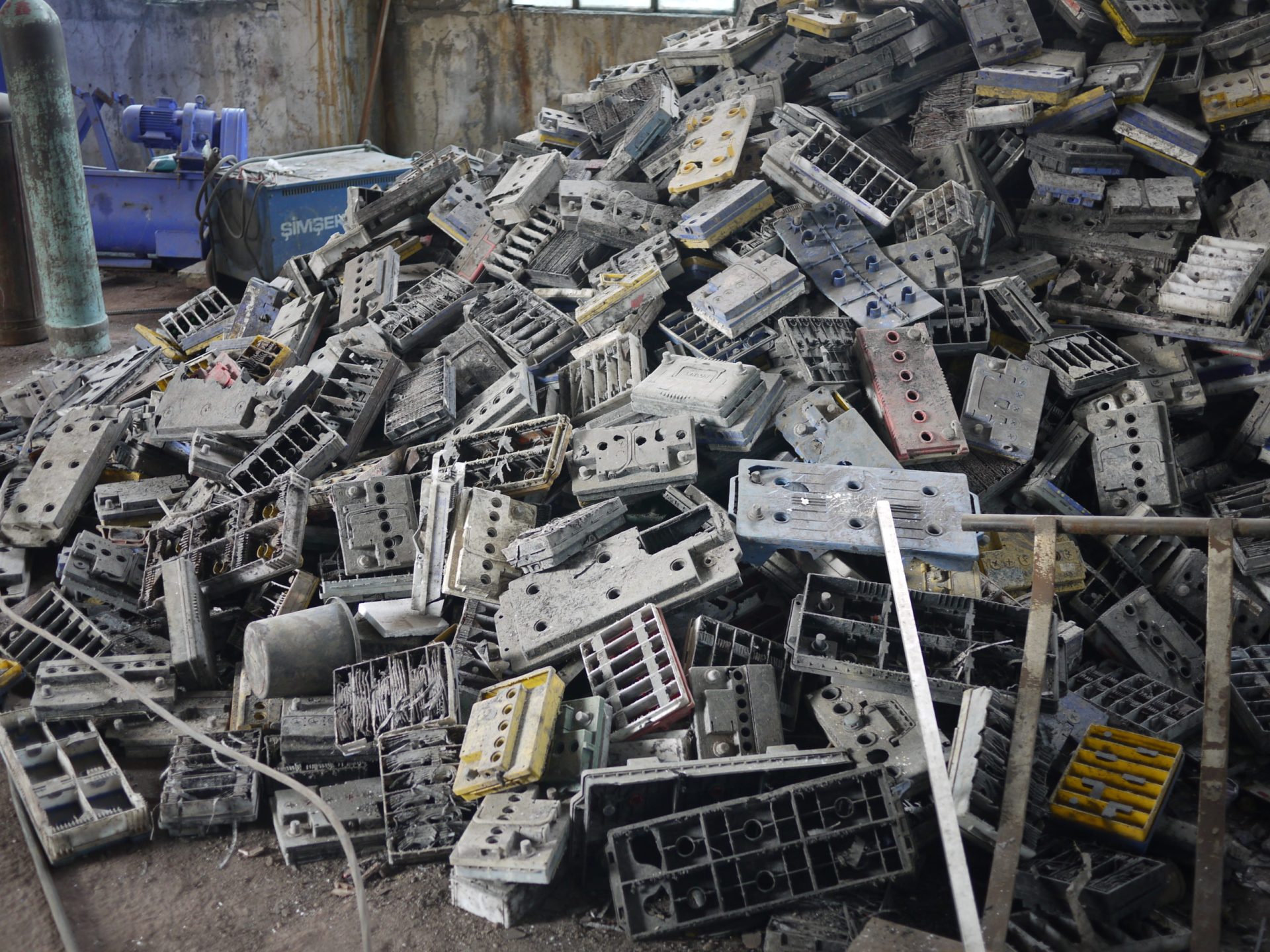
Piles of dismantled used lead-acid batteries in Patna, India.
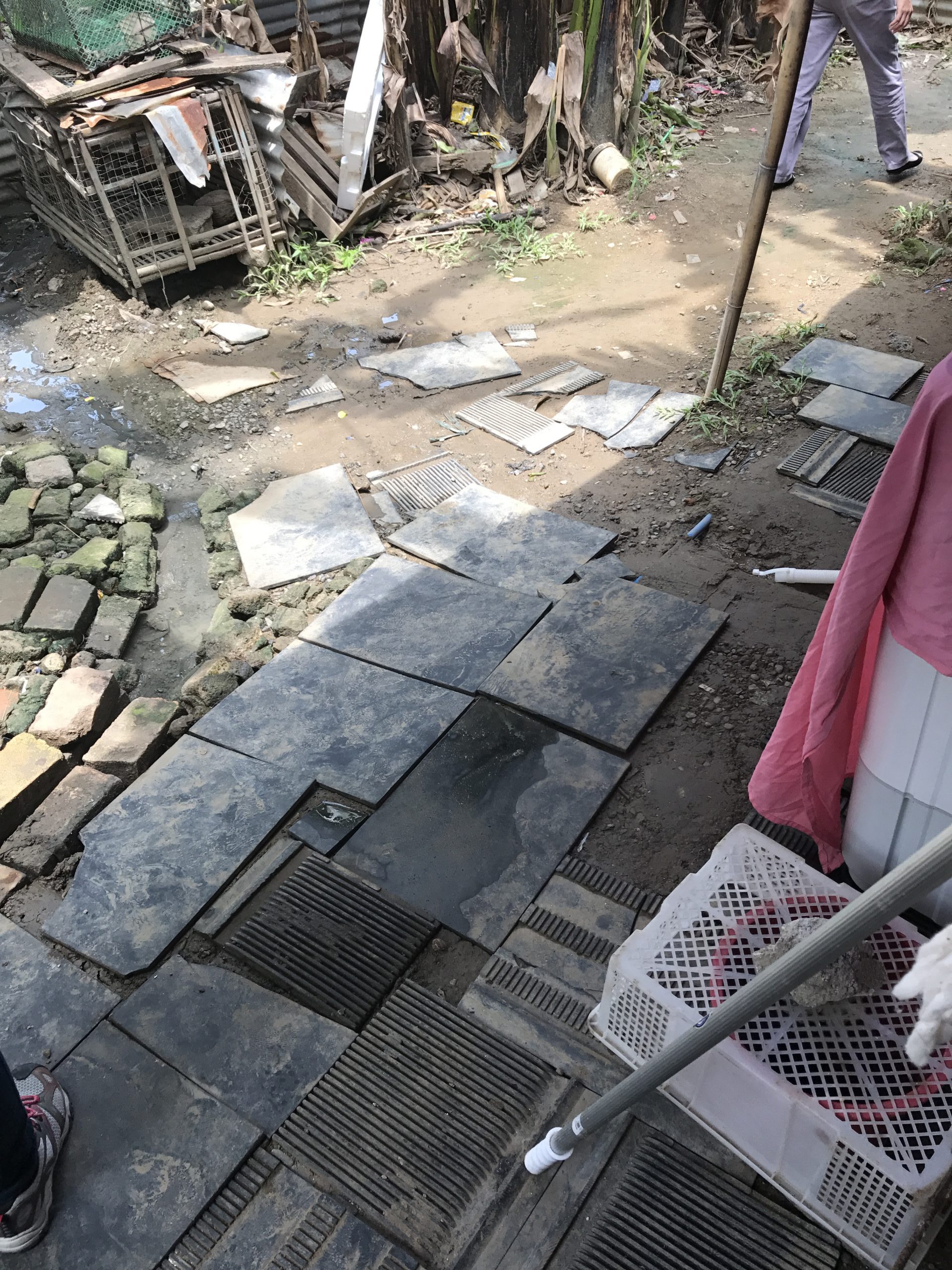
Contaminated battery casings used to line a walkway in front of a home in the Philippines.
Recognizing the importance of what we were finding on the ground, USAID was among the first to support our work to reduce childhood lead exposure following Pure Earth’s five phase solution for lead, which includes:
- Finding lead hotspots under the Toxic Sites Identification Program
- Measuring lead levels and educating the community
- Relocating informal battery recycling operations, training workers on safe practices, and cleaning up polluted sites and communities.
- Modernizing industrial practices
- Monitoring soil and blood levels to ensure sustainable health benefits
A Partner With Impact: USAID
In India and Bangladesh alone, USAID’s support of Pure Earth’s TSIP has led to the identification of over 560 toxic sites, most of which are contaminated by lead.
In Bangladesh, where 28 million children under the age of 14 have elevated blood lead levels, USAID supported a Pure Earth lead cleanup and education project in Kathgora that produced a 42% reduction in average blood lead levels among children tested in the village. The children were poisoned when an informal battery recycler rented a plot of land in the small village to do their polluting work.
The success of this simple, low-cost cleanup in Kathgora–which included removing battery waste, burying lead contaminated soil, and cleaning up homes and yards–effectively demonstrated to local authorities how similar cleanups can be replicated across Bangladesh. The project is believed to be the first of its kind in the country, and wont be the last.
In neighboring India, where 68 million children under age 14 have elevated blood lead levels, USAID supported a Pure Earth and local partner-led cleanup in Karmalichak, a village near Patna, Bihar State, where an informal battery manufacturer was assembling batteries less than 10 meters from the school attended by 250 children. (Watch the video below: Follow the story of Sonakshi, who attends the National Children School in Karmalichak, India.)
The effort included the first community-based outreach program in Patna, which took the form of a large festive social gathering. Almost the entire village showed up to celebrate the cleanup of lead contamination in their town. While having fun, they also learned about deadly lead poisoning and how to protect themselves.
Thousands of miles away in Colombia, another school was contaminated by informal battery recycling taking place in their community. Every child in the local elementary school in Malambo had elevated blood lead levels. Their play area was littered with battery waste, and their homes were contaminated.
The cleanup in Malambo mirrored the work done in Bangladesh and India. Battery waste was removed, the site was remediated, and the surrounding community was cleaned up. But because of the many years of lead exposure, follow-up monitoring in Malambo revealed that the mattresses some children slept on were highly contaminated with lead. Clean, replacement mattresses were provided to over 50 children as part of the project.
Leveraging Success
These successful USAID/Pure Earth projects prove that low-cost interventions that protect children exposed to lead can be adapted and replicated not only from site to site, but also from country to country.
As a result, they have spurred a major new private investment by Clarios, one of the world’s largest suppliers of car batteries, to work with Pure Earth and UNICEF on industry solutions starting in 2020.
With their batteries powering one in three of the world’s vehicles, Clarios’ involvement and interest in finding a sustainable solution for the ULAB problem will provide a major boost to continuing efforts to address global lead poisoning.
USAID’s work with Pure Earth will continue to focus on informal ULAB recycling activities, but will also address other lead poisoning sources such as contaminated spices. The partnership will work towards producing coordinated national strategies that focus on preventing childhood lead poisoning in order to protect children’s health and potential, not only in Bangladesh, India and Colombia, but also in other impacted countries around the world.
Learn more:





